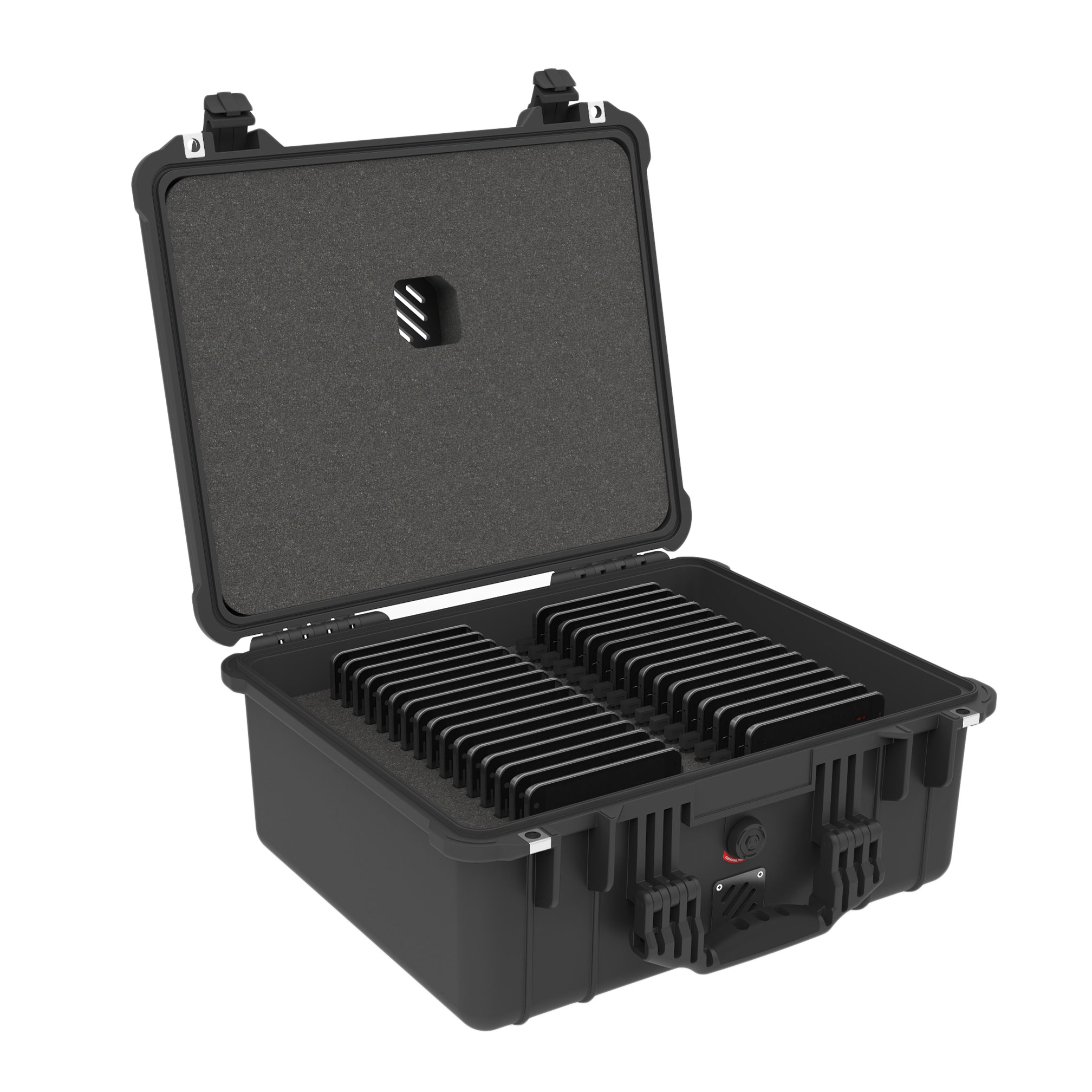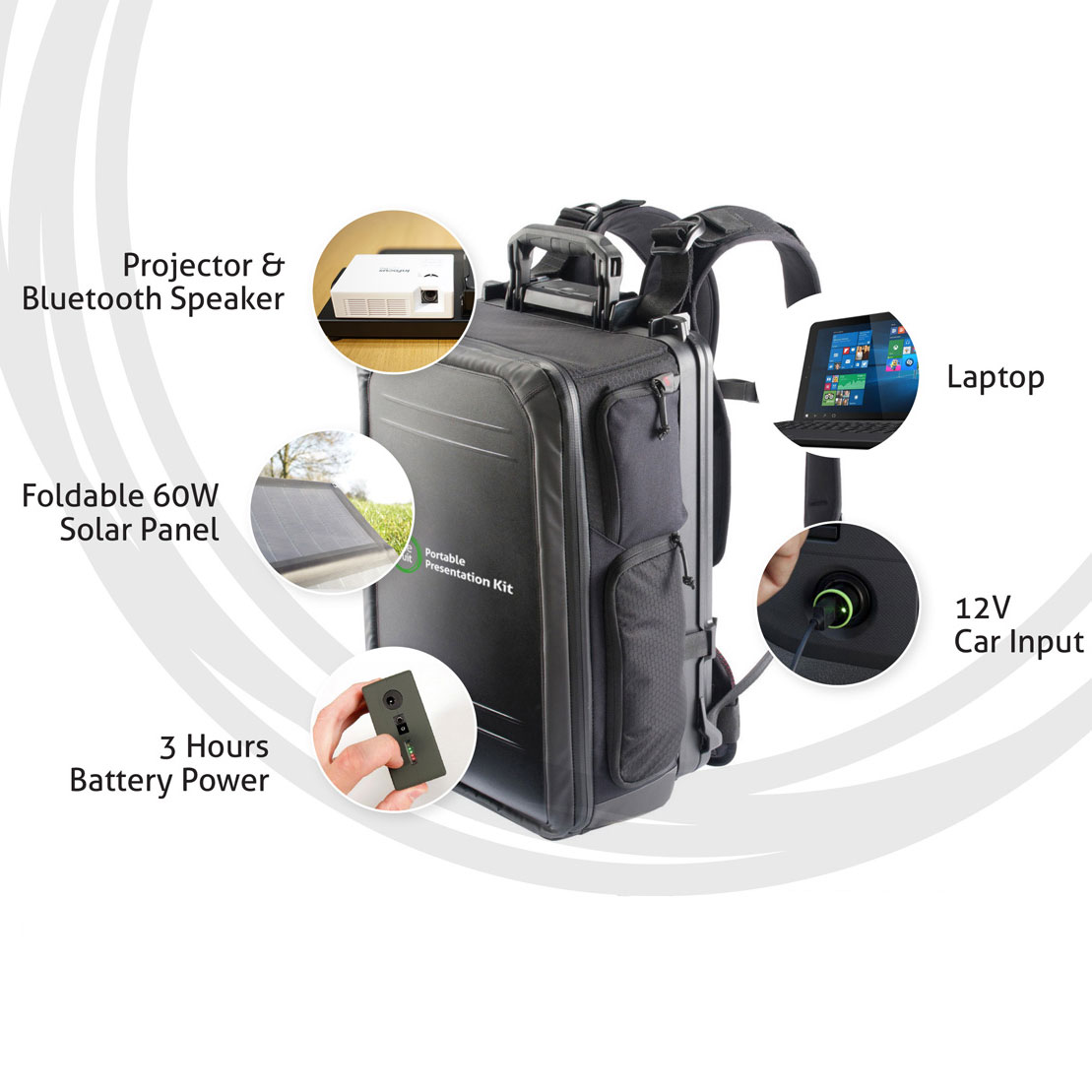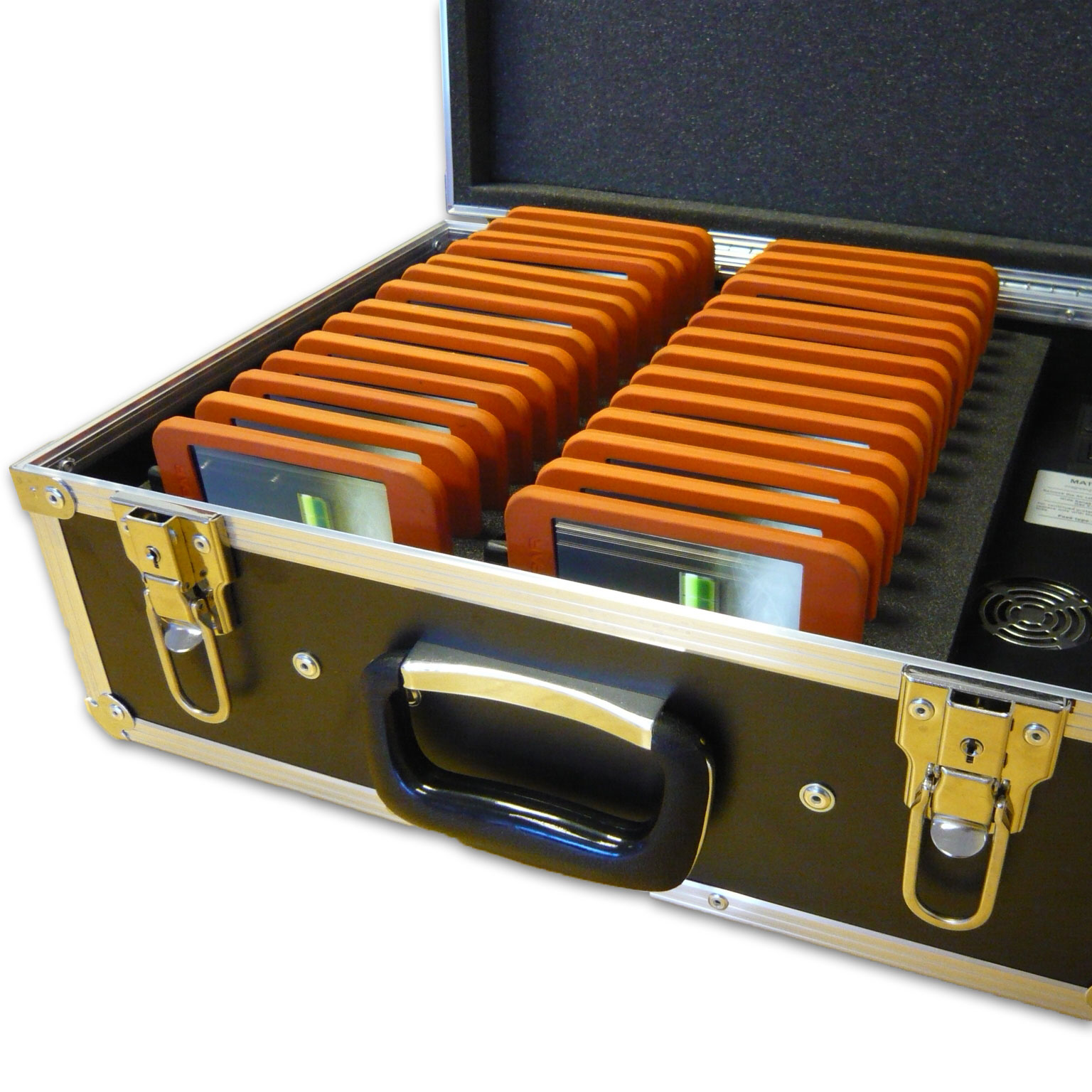Apple Products have had an interesting relationship with USB products in years past. From the days of their introducing FireWire in their machines as a replacement for the USB hardware to completely circumventing it by inventing their own Lightning Connector. Apple has a long found a way to work around the slower transfer speeds that USB 1.0 and 2.0 had in the past.
Very silently, though, their latest iOS powerhouse device – the 12” iPad Pro – has been found to offer USB 3.0 support through the Lightning Connector. Why is this significant? Consider the older technology. Though the Lightning Connector has been around for a while, the other end of the cable is a standard USB 2.0 plug. USB 2.0 taps out at a theoretical 480 Mbits per second.
USB 3.0 has a theoretical data transfer speed of 4.8 Gbps per second (or 4,800 Mbits.) Get the picture? It’s fast.
However, you’ll need an adapter of some sort to make it a worthwhile change.

Since the tech blog Ars Technica broke the story in November, there hasn’t been anything on the market to actually utilise this new capability in the iPad Pro, until now. Apple has upgraded support in their SD Card Reader for iPad to handle USB 3.0 speeds, meaning that you’ll be able to transfer pictures and videos to your iPad Pro much faster than before.
The jury is still out on what further technologies could be made available. As noted, the real benefit to USB 3.0 is the upgraded speed of transfer. So, while it’s only good for transferring pictures from an SD card to your iPad faster right now, there is potential that it could also make syncing with iTunes, your computer, or other peripheral devices faster as well. It also means the way that data transfers from the tablet to devices. Think a smoother recording via AmpliTude for guitarists, faster uploads to your school computer’s image editing or video editing software, and a faster copy of large iOS updates from Apple Configurator.
Either way, as more technology becomes available, faster is always better. In 2016 Onefruit will release USB 3.0 versions of their popular Chargebus Multi Chargers.



